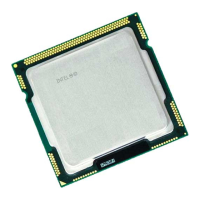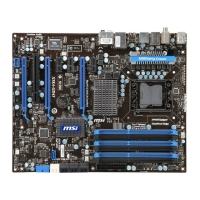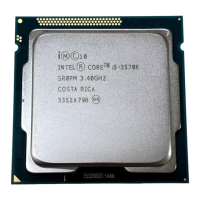i960 Processor Compiler User's Guide
3-12
3
The #include preprocessor directive causes a search of the directory or
directories indicated by the
I (Searchinclude) option. In the absence of
the
I option, ic960 searches the current directory, the directory defined by
the
I960INC environment variable, or the I960BASE/include directory.
NOTES. The include files
icache.h
,
dcache.h
, and
timer.h
used
for on-chip cache and timer control are not supported with the
-ARP
option.
Temporary Files
The compiler, assembler, and linker automatically create and delete
temporary work files. You need not remove temporary work files unless
your host system loses power or some other abnormal termination prevents
the compilation system from cleaning up its work files.
The compiler selects a directory for temporary work files as follows:
G960TMP, TEMP, TMPDIR, TMP, .\ (Windows), /tmp (Unix), /usr/tmp
(Unix).
Output Files
Specifying a Stop-after option (-n, -Q, -E, -P, -S, or -c) causes the
compilation system to produce a separate output file representing the
output of the last phase that completes for each primary input file. An
output file can be a preprocessed source file, an assembly-language file, a
listing file, a map file, or an unlinked object file. If no errors occur during
processing, the output files created by the stop-after option are usable as
input to a future ic960 invocation. Table 3-2 lists the compilation phases
and their inputs and outputs.
Specifying the
Z (Listname) option allows specification of a list file
filename; ic960 places all listings in the single file specified. If you do not
use
Z, ic960 produces a separate list file for each primary C source file.

